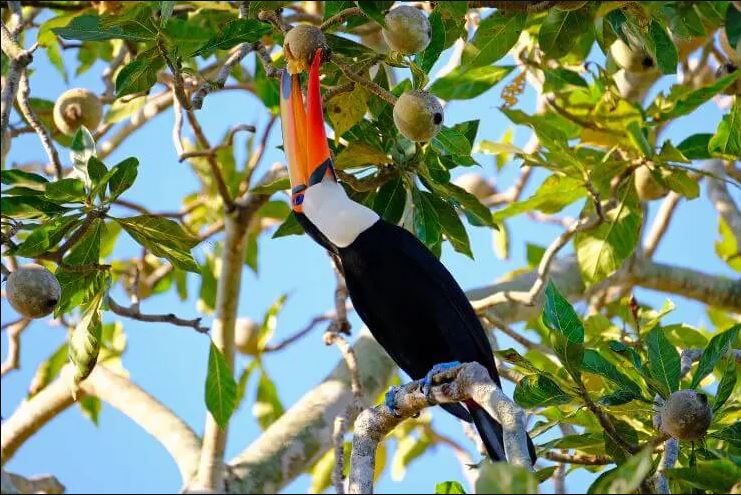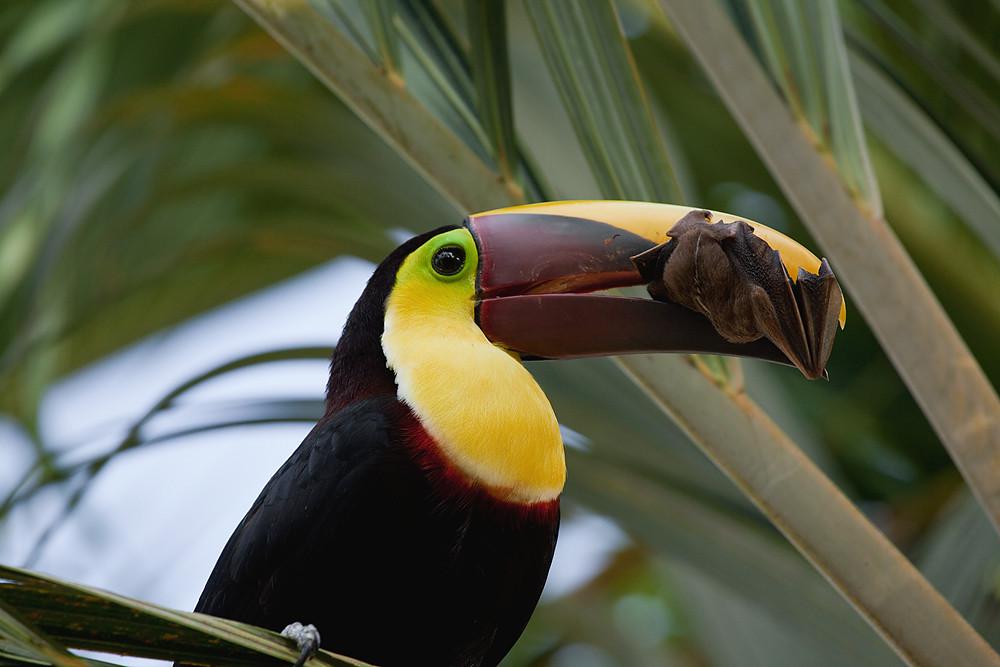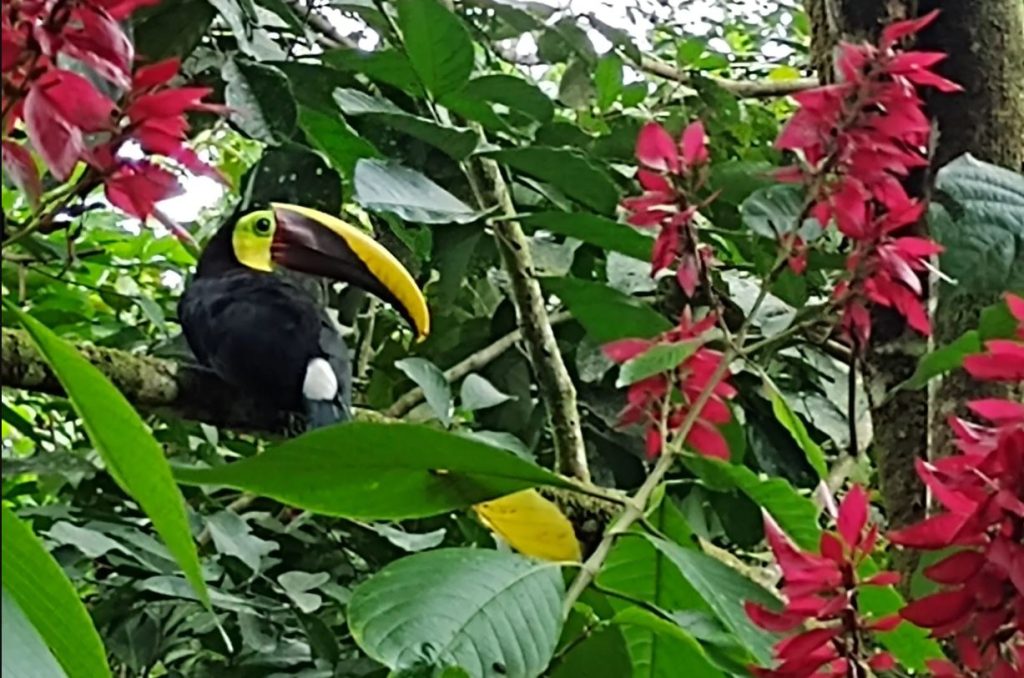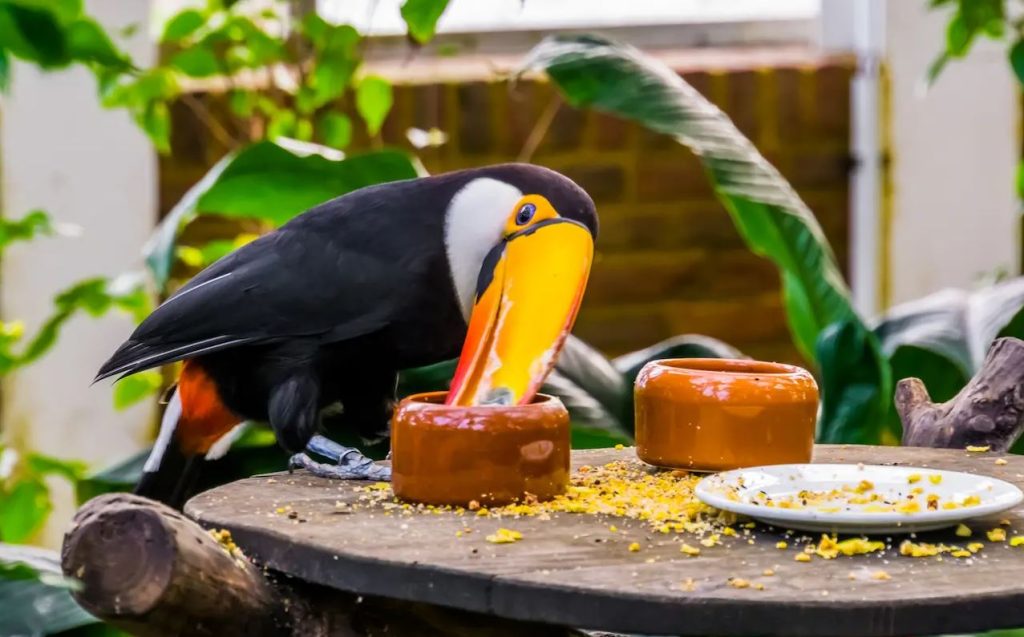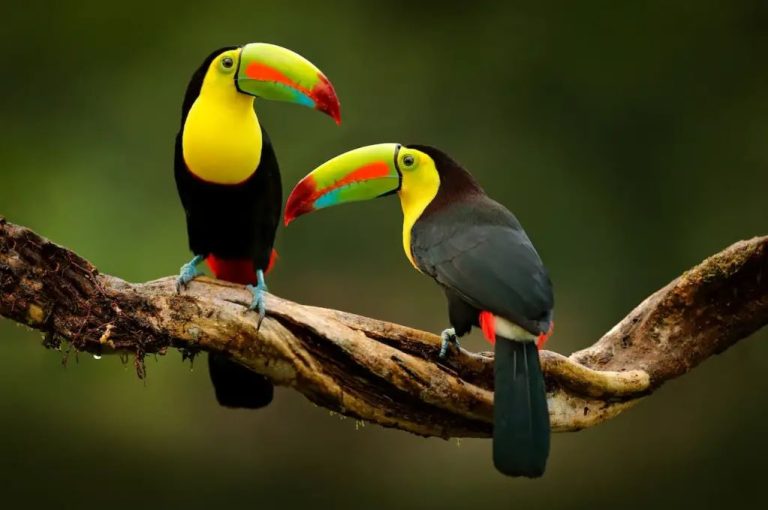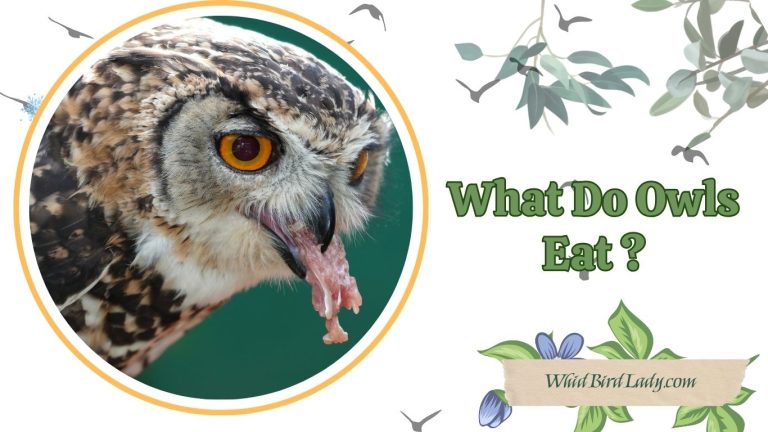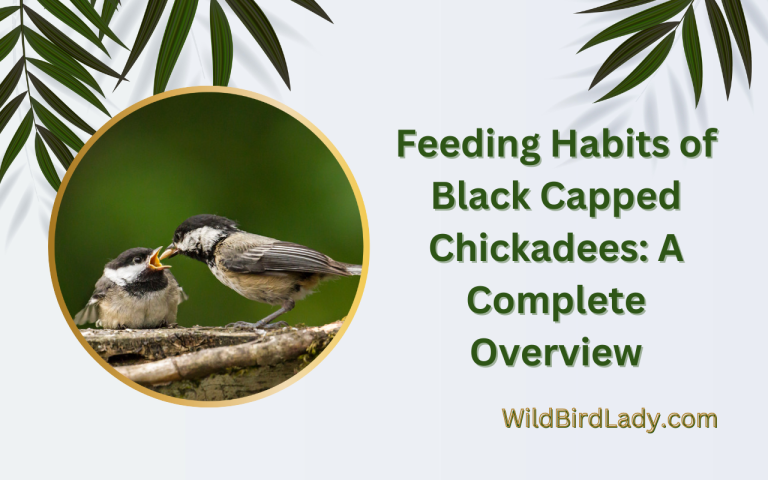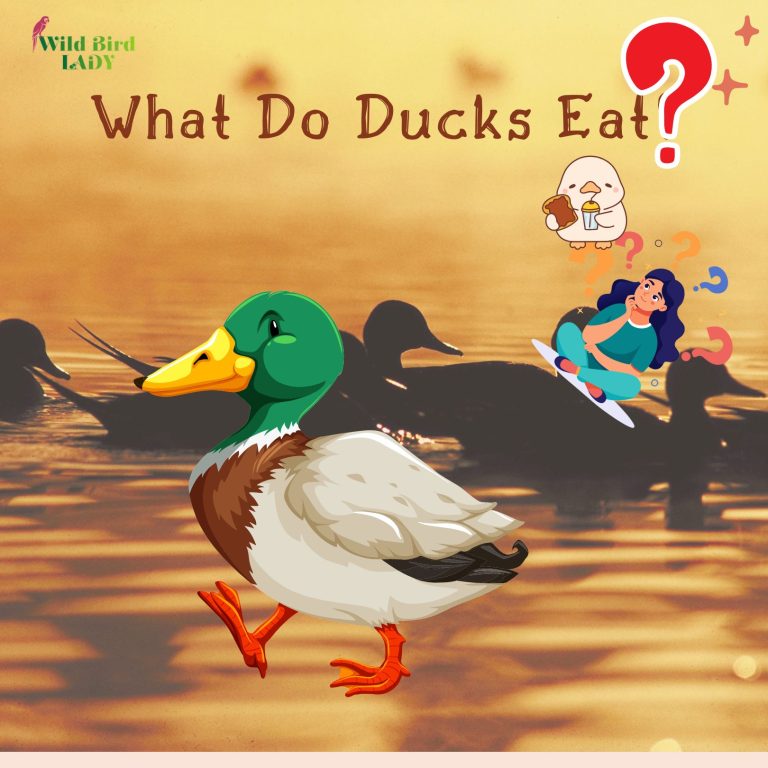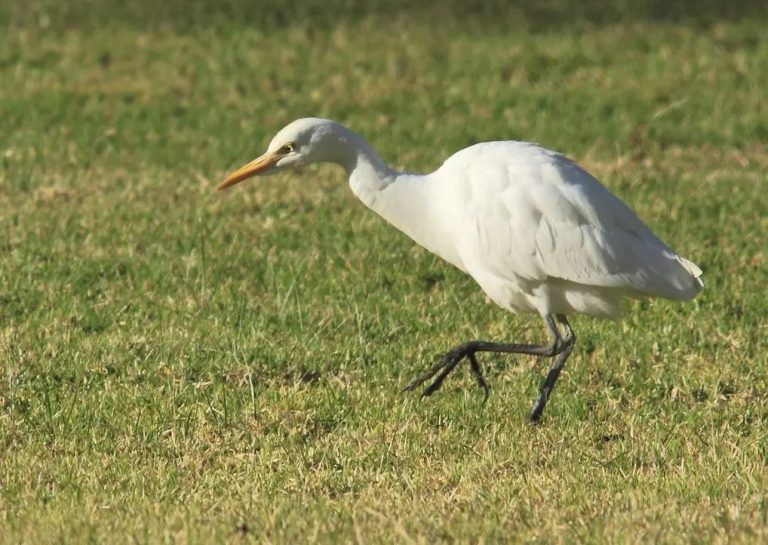What Do Toucans Eat? Discover the Colorful Diet of These Tropical Birds!
By Rifat Ahmed, Birdwatching Enthusiast with 13 Years of Experience
Toucans are some of the most visually striking birds in the world, with their oversized, colorful bills and tropical charm. But beyond their flamboyant looks, many bird lovers (myself included) are fascinated by their eating habits. What do toucans eat, and how do they manage their food with those large, seemingly unwieldy bills?
In my 13 years of observing tropical birds in the wild and in aviaries, I’ve come to appreciate the complexity of the toucan diet, and their unique feeding techniques. Whether you’re curious about their wild diet, what to feed a pet toucan, or whether toucans eat insects like grasshoppers (spoiler alert—they do!), this in-depth guide will answer all your questions.
Meet the Toucans: A Quick Overview
Toucans belong to the family Ramphastidae, which includes about 40 different species. The most famous among them is the Toco Toucan (Ramphastos toco), known for its large orange bill and prominent presence in South American rainforests.
These birds inhabit the lush forests of Central and South America, especially in Brazil, Guyana, Colombia, and parts of the Amazon Basin. As tropical birds, they thrive in humid, forested environments with plenty of food diversity.
So, What Do Toucans Eat in the Wild?
The short answer? Toucans are omnivorous. That means they eat a mix of plant-based and animal-based foods. But let’s dive deeper.
1. Fruits Are Their Favorite
The bulk of a toucan’s diet—up to 60% or more—is made up of fruits. They especially love:
- Papaya
- Bananas
- Guava
- Mangos
- Figs
- Wild berries
They’re known to pluck fruit from high branches, skillfully tossing it into their mouths using their bills. In the dense canopy, they play a critical role as seed dispersers, helping their forest ecosystems regenerate.
According to All About Birds, “toucans often consume fruit whole, allowing seeds to pass through their digestive tract and spread far from the parent plant.”
2. Insects and Small Creatures
Here’s where it gets more interesting. Despite their fruity reputation, toucans also feast on:
- Grasshoppers
- Caterpillars
- Ants and beetles
- Lizards
- Frogs
- Bird eggs and nestlings
Yes, toucans do eat grasshoppers! I’ve personally seen them snatch these crunchy insects off leaves or mid-flight. Their diet isn’t strictly vegetarian—they’re opportunistic feeders. When protein is needed (especially during breeding season), they won’t hesitate to raid another bird’s nest.
3. Occasional Plant Matter
Though rare, they may nibble on flowers, nectar, or even soft tree bark. But these are more supplemental than core parts of the toucan food repertoire.
Toucan Feeding Techniques: How They Eat with Those Huge Bills
One of the biggest misconceptions about toucans is that their oversized bills must make eating difficult. In reality, their bills are marvels of natural engineering.
Despite their size, the toucan’s bill is light and hollow—made mostly of keratin foam, much like human hair and nails. This allows for precise movements.
Here’s how toucans feed:
- Pluck and Toss: They pluck fruit using the tip of their bill, tilt their head back, and toss the food into their throat.
- Peeling and Crushing: With some fruits and insects, they’ll use the edges of their bill to peel or crush food gently before swallowing.
- Probing and Prodding: Their long bill also helps reach into tree holes, cracks, or dense foliage to snatch hidden prey.
Their agility and balance in the treetops make these feeding behaviors look graceful. I’ve watched toucans balance on impossibly thin branches to snag a fruit from an unreachable twig—pure acrobatics!
Seasonal and Habitat-Based Diet Variations
One of the most fascinating aspects of the toucan diet is its flexibility. As an experienced birdwatcher, I’ve observed firsthand how toucans shift their eating habits in response to seasonal changes and habitat conditions.
Rainy Season: A Fruit-Filled Feast
During the rainy season, tropical forests come alive with vibrant growth. Fruit-bearing trees such as fig, papaya, guava, and wild berries are in full production. For toucans, this means an all-you-can-eat buffet. They gorge on soft, juicy fruits, which make up the bulk of their intake—sometimes up to 70–80% of their diet during peak fruiting periods. These fruits not only provide essential nutrients but also hydration, as toucans obtain most of their water through food.
At this time of year, toucans play a vital role as seed dispersers, swallowing fruits whole and later excreting the seeds far from the parent plant. This helps maintain biodiversity and forest regeneration.
Dry Season and Nesting Periods: A Turn Toward Protein
When the dry season sets in, the availability of ripe fruit drops dramatically. Fruit trees may go dormant, and water sources may dry up. In response, toucans become more opportunistic and shift toward protein-rich foods to meet their nutritional needs—especially if they’re raising chicks.
During this time, toucans increase their consumption of:
- Insects (grasshoppers, beetles, caterpillars, ants)
- Small vertebrates (lizards, frogs)
- Bird eggs and nestlings, which provide concentrated energy and nutrients needed during breeding and chick-feeding phases
This dietary shift is particularly crucial for developing toucan chicks, who need high levels of protein to support rapid growth and feather development.
Habitat Fragmentation and Food Scarcity
In regions affected by habitat loss or fragmentation, such as deforested patches or areas near human settlements, toucans must become even more resourceful. When their native fruit trees are scarce, they often forage over greater distances and resort to unconventional food sources, including:
- Cultivated crops: Toucans have been known to raid banana groves, papaya orchards, and guava trees near farms or villages. While this can cause conflict with farmers, it’s a survival tactic driven by necessity.
- Human trash: In extreme cases, toucans may scavenge fruit scraps or discarded food from garbage piles near rural communities or eco-tourism lodges. This behavior isn’t ideal, as it exposes them to harmful bacteria and non-natural food items.
- Reptile and bird eggs: With fewer fruiting plants available, toucans may target ground nests of small birds or reptiles, stealing eggs or even hatchlings to supplement their diet.
Adaptability: Key to Survival
This seasonal and situational dietary flexibility is one of the reasons toucans have managed to persist in environments that are increasingly impacted by human activity. While many tropical bird species decline sharply when habitats are disturbed, toucans demonstrate a remarkable ability to adapt their foraging behavior and broaden their diet in times of need.
However, this adaptability has limits. Long-term survival still depends on the presence of diverse native fruit trees and insect populations. Conservation efforts must focus on protecting natural habitats to ensure that these intelligent, adaptable birds continue to thrive both seasonally and year-round.
What Do Toucans Eat in Captivity?
If you’re caring for a toucan or visiting one at a sanctuary, you’ll see a slightly different menu, designed to replicate their natural diet while avoiding nutritional deficiencies.
Captive toucans often eat:
- Low-iron fruits: Papaya, melon, mango, berries
- Pelleted bird food: Specially formulated low-iron pellets
- Insects: Mealworms, crickets, grasshoppers
- Occasional supplements: Calcium powder or vitamin drops
One key concern in captivity is iron storage disease (ISD)—a condition caused by excess iron. That’s why caretakers avoid high-iron foods like grapes, raisins, or animal liver.
Pro tip: If you’re feeding a toucan, never offer citrus fruits like oranges or lemons too often. The acidity can interfere with iron absorption.
Do All Toucan Species Eat the Same Thing?
Mostly, yes. But different toucan species have subtle dietary preferences based on their size, bill shape, and region.
For instance:
- Toco Toucans (Ramphastos toco) have strong bills and can tackle larger prey like frogs or nestlings.
- Ariel Toucans prefer smaller berries and softer fruits.
- Green Aracaris (the smallest toucans) eat mainly insects and small fruits.
Smaller toucans may avoid large lizards or large insects, while bigger ones are bold enough to snatch nearly anything they can swallow.
Why Is the Toucan Diet So Important?
Understanding what toucans eat is crucial not just for caretakers and birdwatchers like me—but also for conservation efforts. Toucans play a vital role in their ecosystems:
- Seed Dispersal: By consuming and dispersing seeds, toucans help maintain forest diversity.
- Pest Control: Eating insects, caterpillars, and small reptiles helps balance populations.
- Indicator Species: Changes in their diet and population can signal environmental issues.
When forests are logged or fragmented, toucans often lose access to their diverse food sources. That’s why protecting fruit-bearing trees and maintaining insect biodiversity is key to toucan survival.
Fun Facts About Toucan Eating Habits
Here are some lesser-known yet fascinating tidbits I’ve learned over the years:
- 🦗 Yes, they eat grasshoppers—and seem to enjoy the crunch!
- 🍇 They can eat up to 100 pieces of fruit a day in the wild.
- 🪺 Toucans sometimes raid nests, despite their friendly appearance.
- 🦷 Toucans don’t have strong jaw muscles, so they rarely chew—everything is swallowed whole.
- 💧 In dry conditions, they rely heavily on the moisture from fruits for hydration.
Final Thoughts from a Birdwatcher’s Notebook
After more than a decade of observing toucans both in the wild and in rehabilitation centers, I never tire of watching how they interact with their food. Their feeding behavior is a blend of agility, intelligence, and instinct.
If you’re lucky enough to observe one in the wild, watch closely—especially during morning hours when feeding is most active. And if you’re caring for a toucan, remember: variety, balance, and low-iron nutrition are key.
Whether you’re a casual bird lover or a dedicated ornithologist, I hope this guide has answered your question: what do toucans eat? From fruits to frogs and grasshoppers to guavas, the toucan’s diet is as colorful as its feathers.
Read also: How Long Do Toucans Live? Discover the Secrets Behind Their Lifespan
FAQs About Toucan Food and Feeding
Q1: Do toucans eat grasshoppers?
Yes! Grasshoppers are a great source of protein, especially during breeding season. Toucans love to snatch them from leaves or mid-air.
Q2: Can you feed toucans bananas?
Absolutely. Bananas are soft, low in iron, and a favorite fruit. Just ensure they’re ripe and in moderation.
Q3: What foods should toucans avoid in captivity?
Avoid high-iron foods like spinach, raisins, grapes, or organ meats. Also avoid citrus fruits in large amounts.
Q4: Do toucans drink water?
Yes, but most of their hydration comes from juicy fruits. They may sip from puddles or birdbaths if available.
Q5: What’s the best way to feed a toucan in captivity?
Offer a mix of low-iron fruits, special toucan pellets, and live insects like crickets or mealworms.


